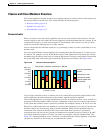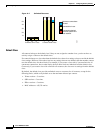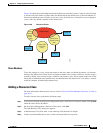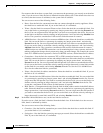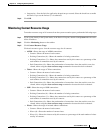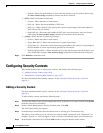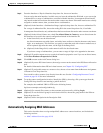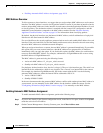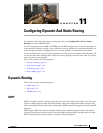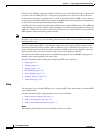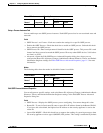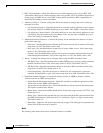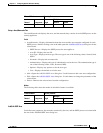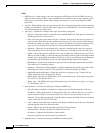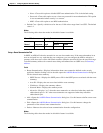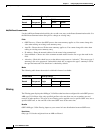
CHAPTER
11-1
Cisco ASDM User Guide
OL-16647-01
11
Configuring Dynamic And Static Routing
To configure static routes and dynamic routing protocols, go to Configuration > Device Setup >
Routing area of the ASDM interface.
You can configure up to two OSPF, one EIGRP, and one RIP routing process on the security appliance
at the same time. Dynamic routing is only available on security appliances in routed firewall mode; you
cannot configure dynamic routing protocols on a security appliance in transparent firewall mode.
You can configure static routes on security appliances in either routed or transparent firewall mode. You
can use the static route tracking feature to have the security appliance a backup static route if a primary
static route becomes unavailable.
This section contains the following topics:
• Dynamic Routing, page 11-1
• Static Routes, page 11-40
• ASR Group, page 11-45
• Proxy ARPs, page 11-46
Dynamic Routing
This section contains the following topics:
• OSPF, page 11-1
• RIP, page 11-22
• EIGRP, page 11-28
OSPF
OSPF is an interior gateway routing protocol that uses link states rather than distance vectors for path
selection. OSPF propagates link-state advertisements rather than routing table updates. Because only
LSAs are exchanged instead of the entire routing tables, OSPF networks converge more quickly than RIP
networks.
OSPF supports MD5 and clear text neighbor authentication. Authentication should be used with all
routing protocols when possible because route redistribution between OSPF and other protocols (like
RIP) can potentially be used by attackers to subvert routing information.



